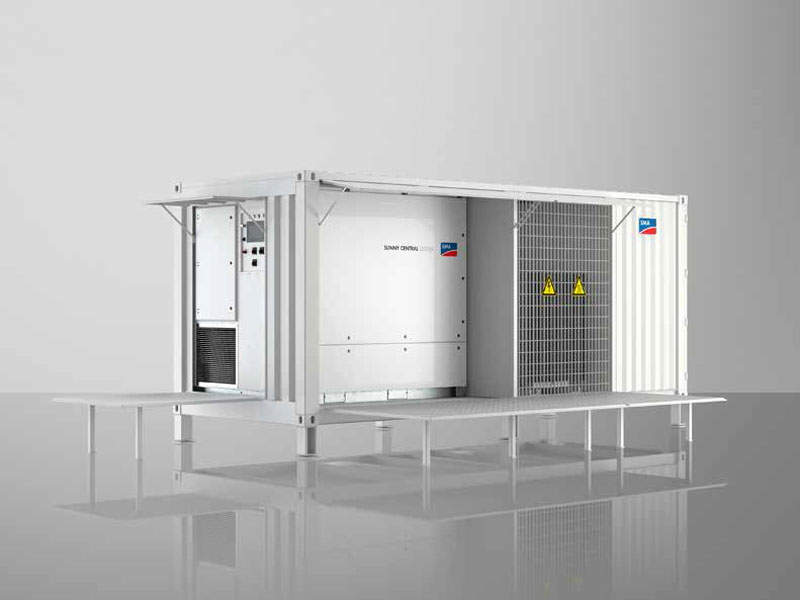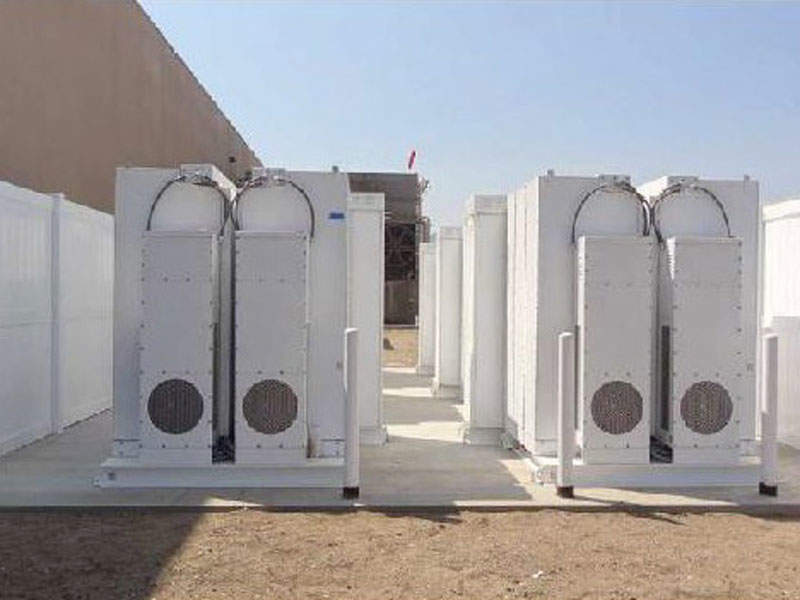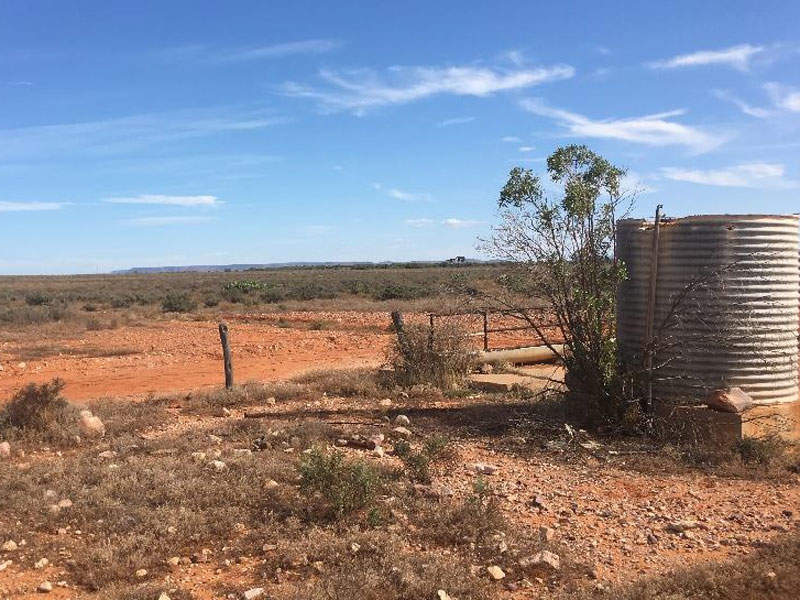The 275MW Bungala solar photovoltaic power plant is being constructed approximately 10km north-east of Port Augusta in South Australia. Expected to be one of Australia’s biggest solar farms, it will support the government’s Renewable Energy Target (RET) initiative, which aims to generate 23.5% of energy from renewable sources by 2020.
Formerly owned by Bungala Solar Holding, a subsidiary of Reach Solar Energy, the project was acquired by a joint venture of Enel Green Power (EGP) and Dutch Infrastructure Fund (DIF) in April 2017.
The power project is being developed in two phases, namely Bungala Solar One and Bungala Solar Two, at a total estimated cost of $315m. Construction on the first phase began in mid-2017, while the second phase construction is expected to begin by the end of 2017.
The overall project is expected to be fully operational by the third quarter of 2018 and create approximately 350 jobs in the Port Augusta region. It will cater to the energy needs of approximately 82,000 Australian households and offset 520,000t of carbon dioxide emissions.
Location and capacity of the Australian solar power plant
The project is spread over 800ha of rural land owned by Bungala Aboriginal Corporation (BAC) near Wami Kata and Emaroo in Port Augusta. It will be installed with more than 1.2 million solar photovoltaic (PV) panels.
Bungala Solar One will cover approximately 300ha and be equipped with roughly 420,000 PV modules.
Upon completion, the entire plant will generate up to 570GWh of electricity a year. Origin Energy has signed an agreement to purchase the entire energy generated by the project.
Bungala solar power plant make-up
Bungala will use polycrystalline PV modules featuring single-axis tilting design. The modules will track and follow the Sun’s path from east to west, increasing the plant’s efficiency.
The tracker axis will be placed 1.5m above the ground with a spacing of 5.5m. At the maximum tilt angle, the PV modules will be 0.07m above ground level. The modules will be connected in series to form PV strings, which will be connected in parallel to combiner boxes.
The boxes will be connected to the inverters, which will convert the generated direct current to alternating current, which will then be stepped up by an onsite substation consisting of a 33kV collector switchyard and 33/132kV step-up transformer.
Bungala Solar will also have a modular utility-sized battery storage system.
Transmission details
The onsite substation will deliver the power generated by the plant through a new 132kV overhead line to the Emeroo and Davenport substations, located near Port Augusta.
The two substations will feed the power to Australia’s transmission grid.
Contractors involved with Bungala solar PV power project
Elecnor won the engineering, procurement and construction (EPC) contracts for both Bungala One and Bungala Two, worth $157m and $138m, respectively.
Aurecon has been contacted by Green Light Contractors, a subsidiary of Elecnor Australia, to design the plant. Aurecon is also assisting Elecnor with the preparation of management plans and commissioning of the project.
SMA Solar Technology is looking after the transportation and installation of the inverters, cables and power stations.
The technical and environmental assessments were carried out by Jacobs Consulting, while GHD Consulting carried out the grid modelling.
The legal finance tax audit modelling was done by Price Waterhouse Coopers, while the insurance-related activities were handled by Willis Towers Watson.
ACIL Allen Consulting was involved with the market analysis of the project, while Whitebox Finance planned the financial model.
Financing
Enel Green Power and Dutch Infrastructure Funds provided equity financing on a 50/50 basis for the project.
The Commonwealth Bank, National Australia Bank, Sumitomo Mitsui Banking Corporation and Societe Generale are providing debt financing for the project.






